A Visit to Peña Blanca Lake
And birds from other local bodies of water
Peña Blanca Lake was created in 1957 when the Arizona Game and Fish Department built a dam across a desert canyon about 18 miles northwest of Nogales. With almost 50 acres of water, it is a popular recreational spot. The lake is adjacent to the Pajarito Mountains. Pajarito, in Spanish, means 'little bird'. It was a nice place for a springtime birding field trip sponsored by the Tucson Bird Alliance.
One of the first very active birds we saw and heard was a Hutton's Vireo. It is a small, nondescript bird with a white eye-ring and two light wingbars. It was small, but it was making its presence known by singing loudly and constantly. You can listen to the Vireo here.
At 4000 feet elevation, the oak woodland of the Pena Blanca area makes a good home for this little bird. See its range map below.
A Black Vulture was part of the greeting committee atop a telephone pole in the parking lot. Black Vultures are more compact than Turkey Vultures and have broad wings and short tails. Black Vultures do not have the great sense of smell that Turkey Vultures do but they make up for it by following Turkey Vultures to carcasses.
My favorite bird of the morning was seeing this Sharp-shinned Hawk soaring over the lake. Sharp-shinned Hawks look very similar to Cooper's Hawks but, as their name implies, have skinnier legs. Sharp-shinned Hawks have squared off tails compared to the Cooper's rounded tails. In the photo below, you can see that more flat edge in flight. Also, in flight the head of a Sharp-shinned Hawk barely protrudes past the front of its wings.
I've visited other Tucson area bodies of water during this spring. At Sweetwater, this Killdeer was walking around.
At the Sewailo Golf Course, a male Ruddy was in breeding plumage with its pastel blue bill and rich chestnut or ruddy body.
In midtown, a neighborhood pond hosted a few Mallards. This male was preening and finished with an energetic wing flap. They may do this for a number of reasons including drying their feathers, cooling their body or just fluffing their feathers.
The El Rio Preserve in Marana is over 100 acres in size. Originally a gravel pit used in the '60's and '70's for materials used in creating Interstate 10, the open pit remained unused until 2014 when a raging Santa Cruz River broke through the nearby berms and flooded the huge open pit. The Town of Marana, working with a number of agencies, worked to develop a sustainable natural resource for the community. On the north side of El Rio is the Pointer Mountain, which was a stop for the Butterfield Overland Stage Company in 1858. At the base of Pointer Mountain is the Los Morteros site, a large Native American village inhabited between the years 850 and 1300.
At El Rio as in local wetlands, the Red-winged Blackbirds are now singing loudly protecting their territory and attracting females.
A very handsome male Ladder-backed Woodpecker worked his way up a willow branch on a small island in El Rio.
Sparrows have been referred to as "little brown birds", as they are often brown, small, and have little to distinguish each from the other. Brewer's Sparrows are perhaps the most drab birds among all of the little brown birds! In southern Arizona, we find these wintering birds usually in flocks. Look at the photo below and see how many Brewer's Sparrows you can find coming in to drink at El Rio. It would help you to click on the photo to see a much larger image. You can see how perfectly the Brewer's plumage helps them to fit into this environment.
Quoting from the AllAboutBirds website, Brewer’s Sparrows are so unremarkable looking that they’re remarkable. In 1923, the naturalist William Dawson wrote that Nature had “done her utmost to produce a bird of non-committal appearance… Mere brown might have been conspicuous by default, but brownish, broken up by hazy streakings of other brownish or dusky… has given us a bird which… may be said to have no mark of distinction whatever—just bird.” Later researchers noted that they preferred to describe the bird as “subtle.”
This morning (Monday) our Birdathon Team will be out birding beginning at sunrise. We'll spend the morning out but hope to see some nice birds and, mostly, hope to have a very nice morning enjoying nature. I'll share a full report soon!!


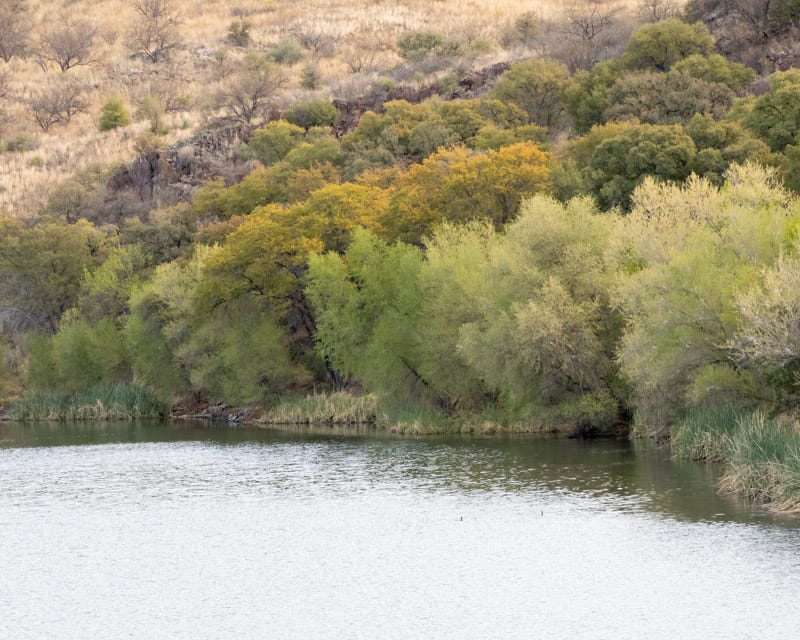

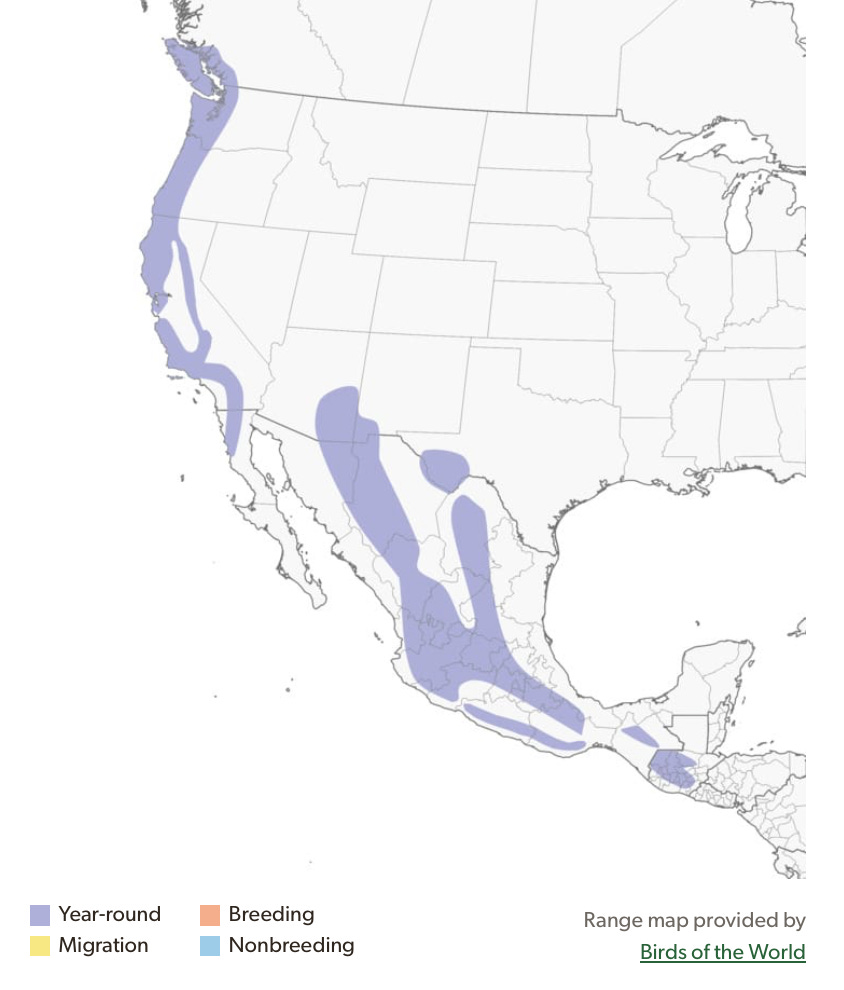
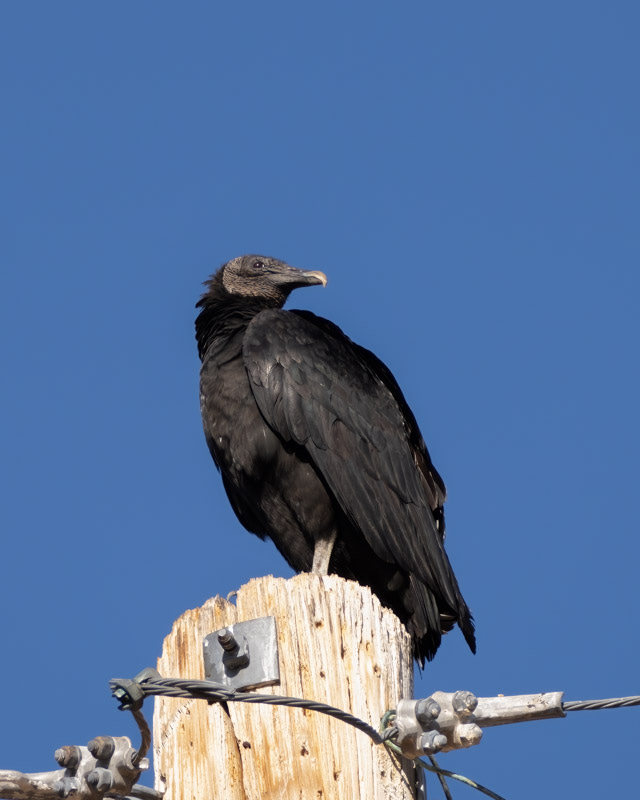
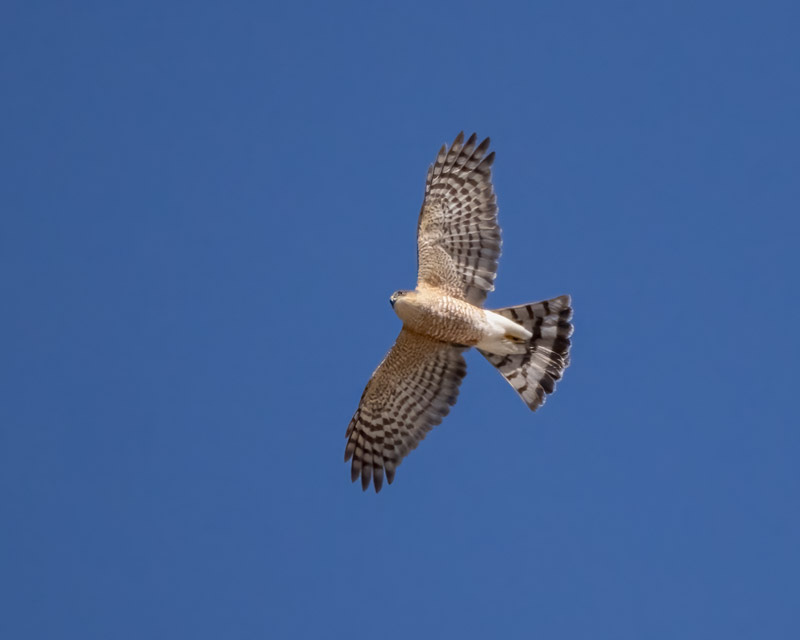

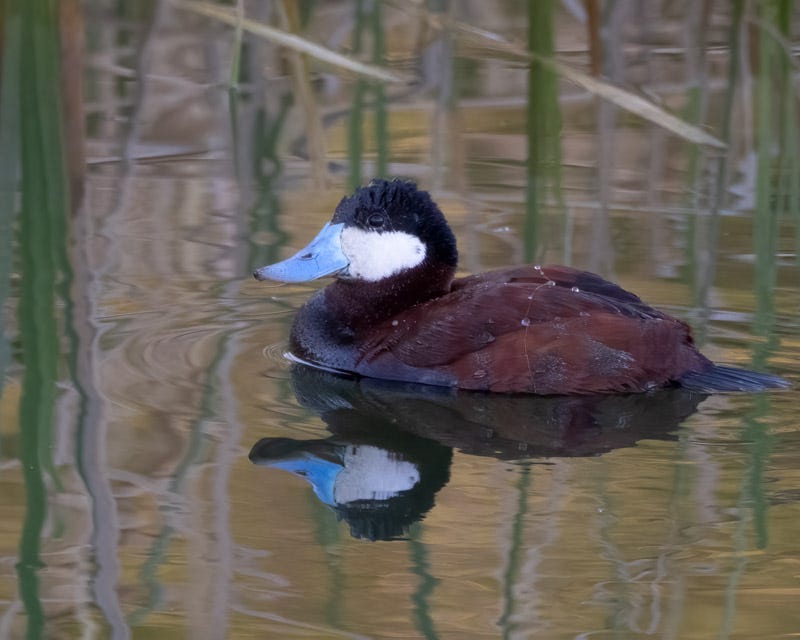
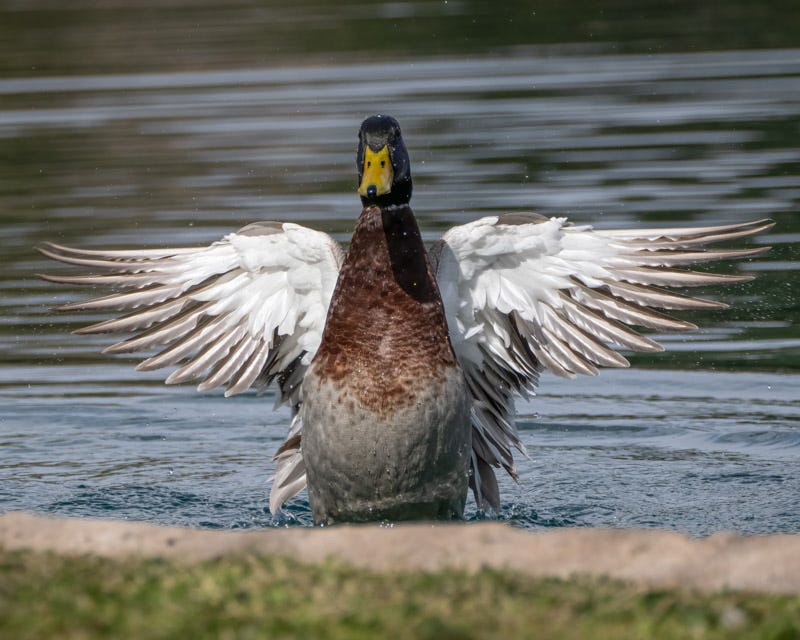
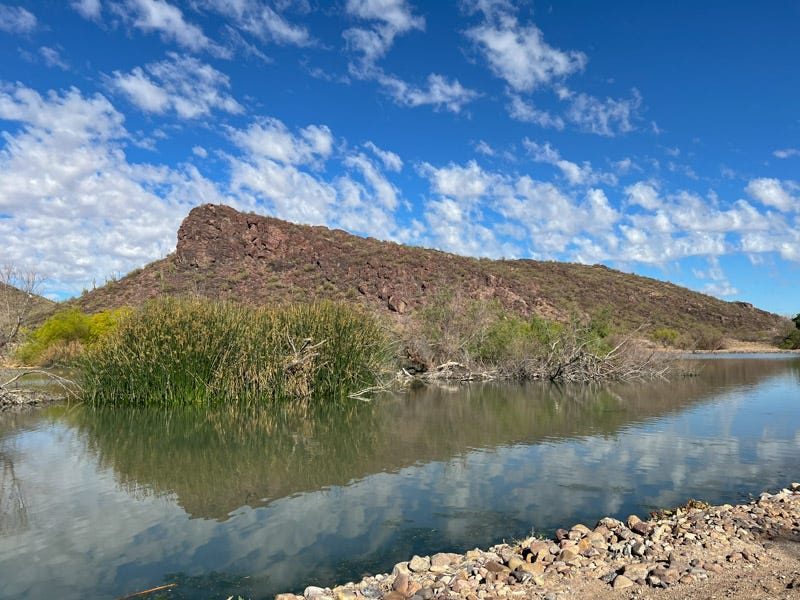
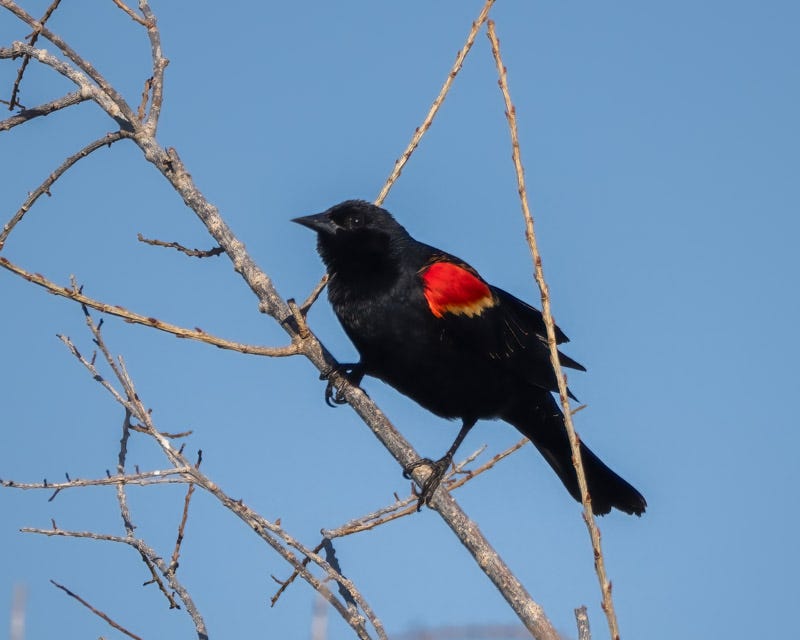
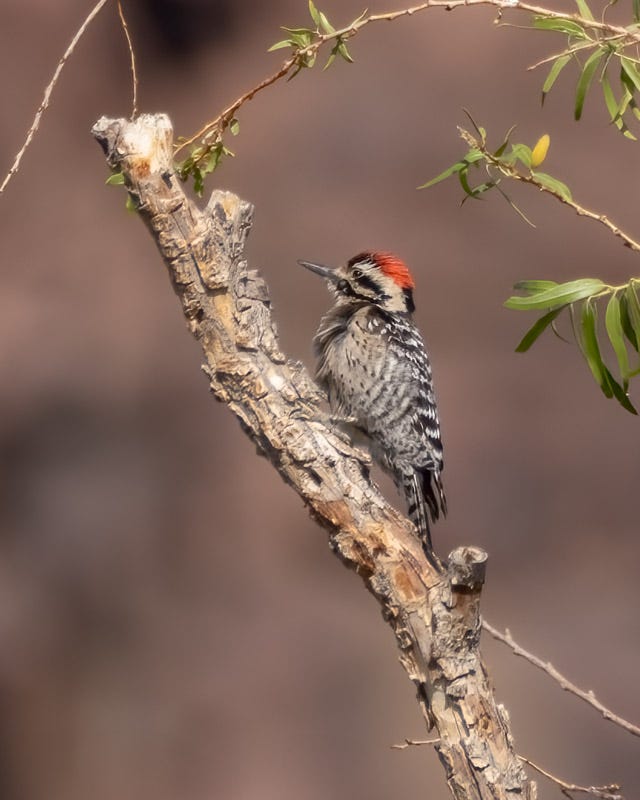
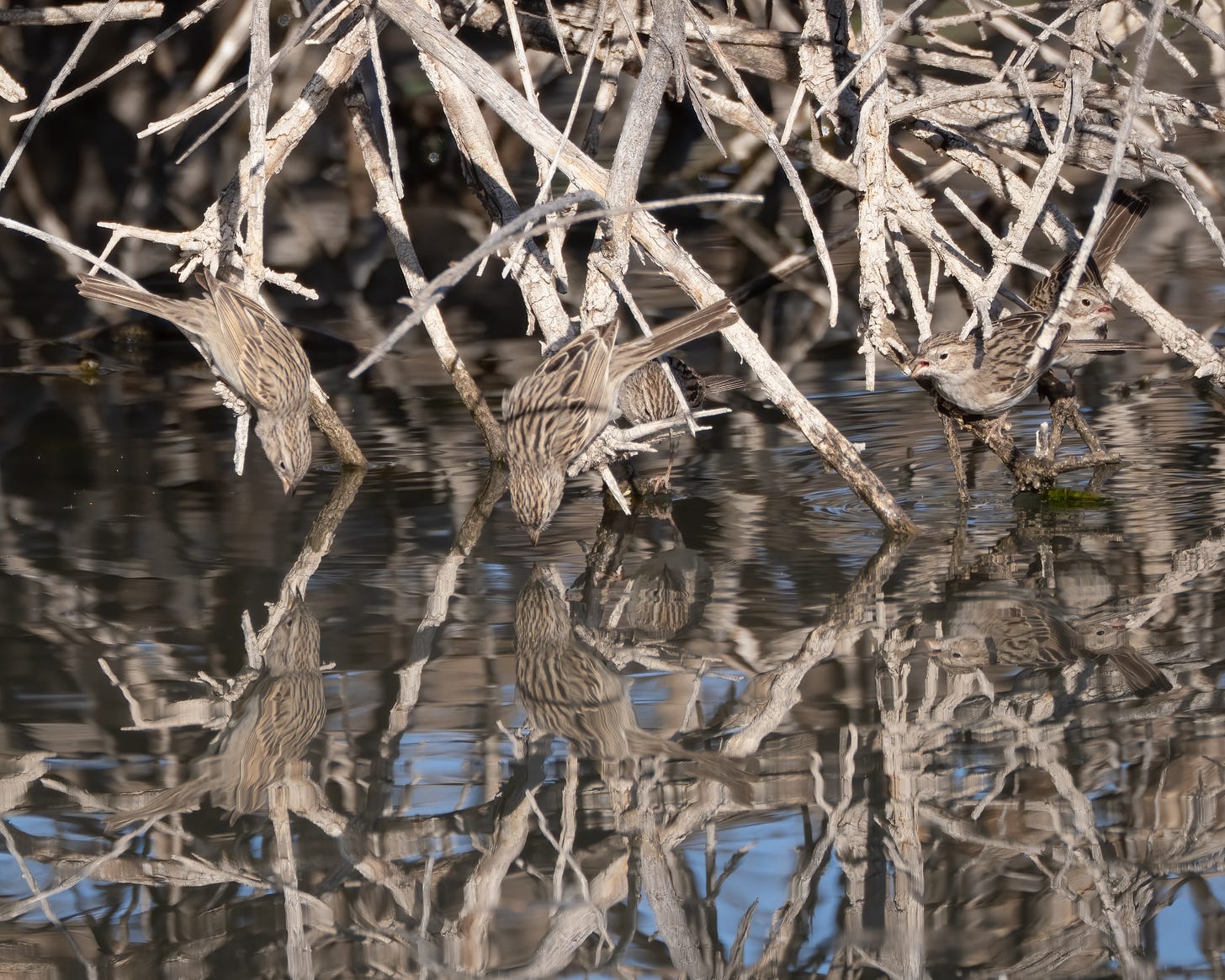
Enjoy your pics and commentary.
I've found that the black vulture has a wings-forward design, and a real snap to their flap, where the turkey vulture's flapping is almost lethargic. (yawn! sorry, watching BLVU flying)
At least that's the way it appears here in the Shenandoah Valley. Maybe others' mileage varies by region...
Thanks for sharing the great series of photos.